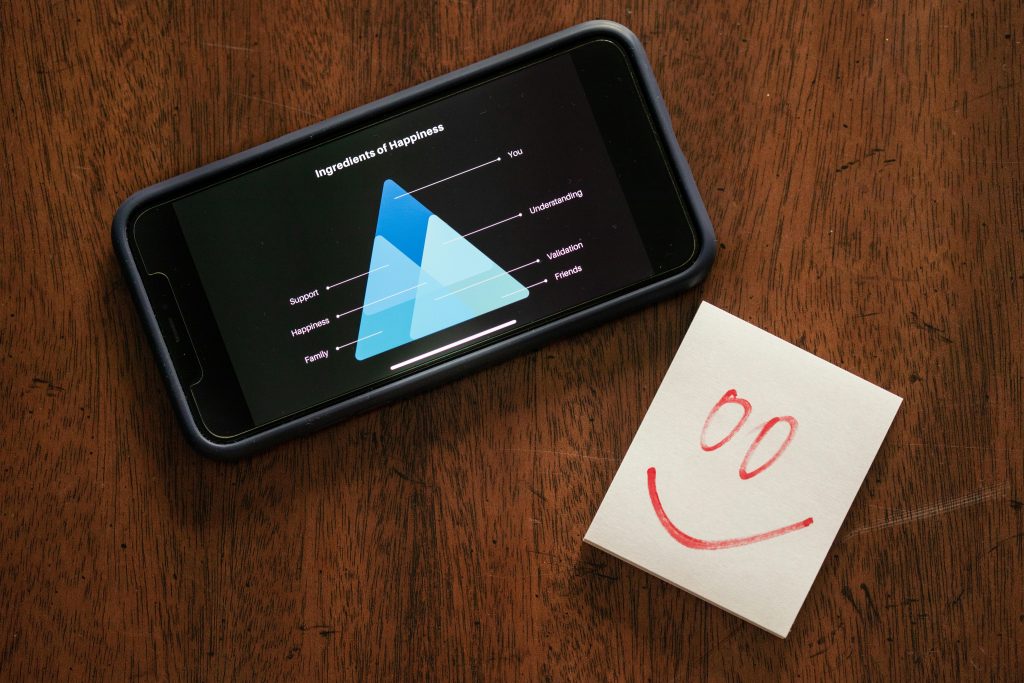In an age where digital storage is practically limitless, many of us are quietly accumulating vast collections of screenshots, PDFs, saved TikToks, unread newsletters, and browser tabs—sometimes dozens, even hundreds, left open for “later.” But what happens when these well-intentioned saves become a source of anxiety rather than a resource? This behavioral shift is now recognized as a form of digital hoarding, a phenomenon where people struggle to discard digital items, fearing they might need them someday.
Once brushed off as digital clutter, researchers are now exploring the psychological patterns behind this modern habit. And it’s not just a matter of disorganization—it’s increasingly tied to mental health, information overload, and even identity.

What Is Digital Hoarding?
Digital hoarding refers to the excessive accumulation of digital materials—whether documents, emails, media files, or notes—with a persistent reluctance to delete them. Unlike traditional hoarding, there’s no physical mess, which makes it socially acceptable and easier to hide. Yet the impact on cognitive load and emotional well-being is real.
According to a study published in the International Journal of Environmental Research and Public Health, digital hoarding is linked with anxiety, obsessive-compulsive tendencies, and decision fatigue.
Why It’s Trending Now
Several cultural and technological shifts are fueling the rise of digital hoarding:
- The explosion of content: With endless information coming from social media, newsletters, YouTube, and podcasts, people feel compelled to save more than they can possibly consume.
- Cloud storage makes it easy: Services like Google Drive, Dropbox, and iCloud eliminate the friction of saving. With “unlimited” space, there’s no urgency to clean out files.
- Fear of missing out (FOMO): Users worry they might lose something valuable or irreplaceable—whether it’s an inspiring article or a trending meme.
- Work culture and productivity myths: The modern obsession with optimization leads people to stockpile resources for some hypothetical future project or “someday” moment.
These behaviors are not isolated; they’re being observed across generations, particularly in knowledge workers, students, and creators.
Signs You Might Be a Digital Hoarder
Digital hoarding doesn’t always feel dysfunctional—until it interferes with focus, productivity, or emotional well-being. Here are some common symptoms:
- Dozens (or hundreds) of open browser tabs
- Multiple folders of unsorted downloads
- Saving nearly every email “just in case”
- Rarely deleting photos, even duplicates or blurry ones
- A desktop cluttered with random files and screenshots
- Feeling guilty or anxious about “cleaning up” your files
These behaviors mirror patterns seen in physical hoarding but remain largely invisible to others—and to ourselves.
The Psychology Behind Digital Hoarding
At its core, digital hoarding is rooted in loss aversion and information anxiety. The human brain struggles with the idea of discarding something that might be useful. As Daniel Kahneman’s behavioral economics research shows, the pain of losing something often outweighs the pleasure of gaining it.
According to Dr. Nick Neave, a psychologist at Northumbria University who has studied digital hoarding, the behavior is a coping mechanism in response to anxiety or uncertainty. His research suggests that the hoarding of digital items offers a false sense of control in an unpredictable world [source].
In addition, digital hoarding can be an extension of identity construction. Saved articles, quotes, playlists, or bookmarked think pieces represent our aspirations and intellectual selves. Deleting them can feel like erasing a part of who we want to become.
The Hidden Costs
While digital clutter may not be as visibly chaotic as physical mess, the cognitive costs are real:
- Decision fatigue: Every time you scroll through cluttered folders or dozens of open tabs, your brain has to work harder to find what you need.
- Reduced productivity: Context switching and attention fragmentation result from managing large amounts of unstructured digital content.
- Emotional weight: Many people feel guilt or stress over their digital mess, especially when their storage is maxed out or they can’t locate what they saved.
- Security risks: Accumulated files can increase vulnerability to cyber threats if sensitive data is stored haphazardly or never deleted.
How to Break the Cycle Without Losing Everything
If you’ve recognized yourself in this pattern, the good news is that it’s reversible. Tackling digital hoarding doesn’t mean abandoning your digital life—it means redesigning your relationship with it. Here’s how:
1. Set Expiry Dates
Create a system where saved items have a built-in review or deletion date. For example, clean out downloads weekly and reevaluate saved articles monthly.
2. Tag, Don’t Just Save
Use tagging systems or note-taking tools like Notion, Obsidian, or Evernote to give context to saved items. A note tagged “research – July 2025” is easier to recall than a generic PDF in a “Misc” folder.
3. Limit Tabs with Extensions
Use tools like OneTab, The Great Suspender, or Tab Groups (in Chrome) to manage your browsing activity and reduce overload.
4. Curate, Don’t Collect
Ask yourself: Will I realistically use this? Before saving anything, apply a 5-second rule—if you can’t think of a real scenario where you’d use it, skip it.
5. Build a Retrieval Habit
Saving is only useful if you retrieve. Set a recurring time each week to revisit your saved items and either act on them or delete them.
6. Use Search-First Tools
Rather than saving everything, learn to trust your ability to search later. With AI tools like Perplexity, Kagi, or even Google Lens, you can often find what you need again—without hoarding it upfront.
Digital Hoarding and the Future of Mental Clutter
The phenomenon of digital hoarding is no longer just a niche productivity concern—it’s shaping how we interact with technology, organize knowledge, and even understand ourselves. In a time when every notification, article, and saved TikTok competes for our attention, learning to manage digital clutter is an essential mental health skill.
It’s also a cultural shift. As more people talk about digital hoarding, awareness grows around the costs of endless saving and the value of intentional deletion. Just because we can save everything doesn’t mean we should.
Conclusion
Digital hoarding isn’t a moral failing—it’s a modern coping mechanism. But as our digital lives expand, so does the need for mental hygiene. Being selective, intentional, and mindful about what we keep on our devices can free up not just gigabytes, but also cognitive space and peace of mind.
References
- Rogers, C., Barros, L., Neave, N. (2020). Digital Hoarding: The Pileup of Virtual Clutter. International Journal of Environmental Research and Public Health.
- Neave, N., Armstrong, L., & Hamilton, C. (2020). Digital hoarding: The impact on well-being. Computers in Human Behavior.
- Northumbria University (2021). Psychologists warn about the risks of digital hoarding.









